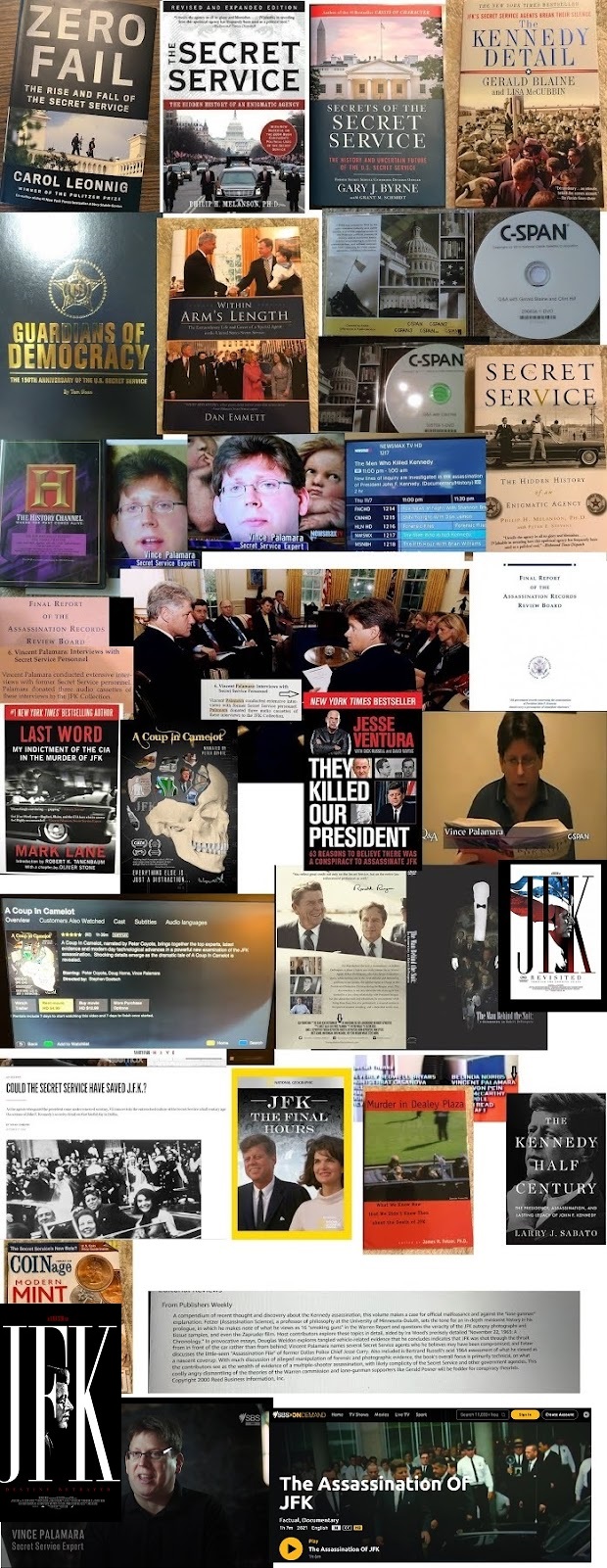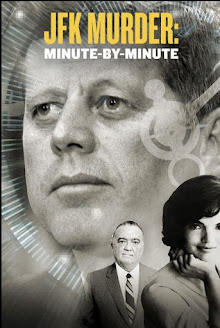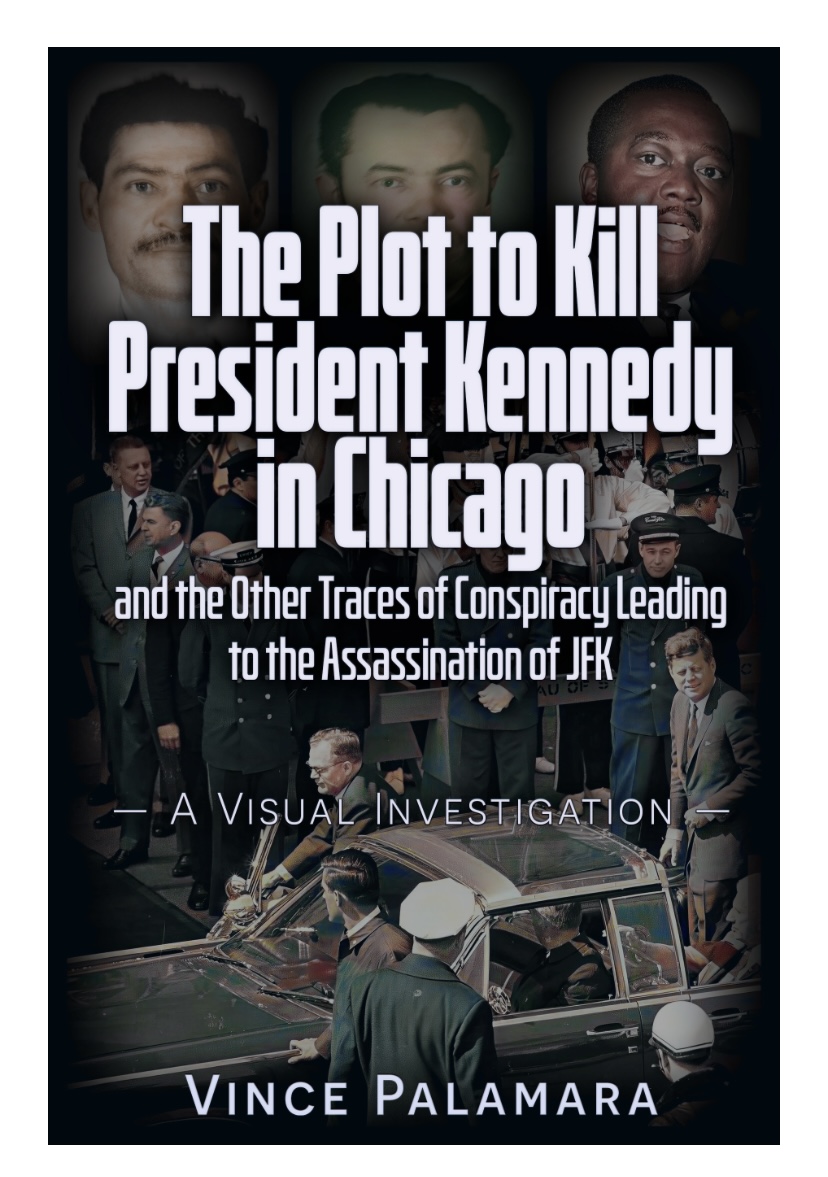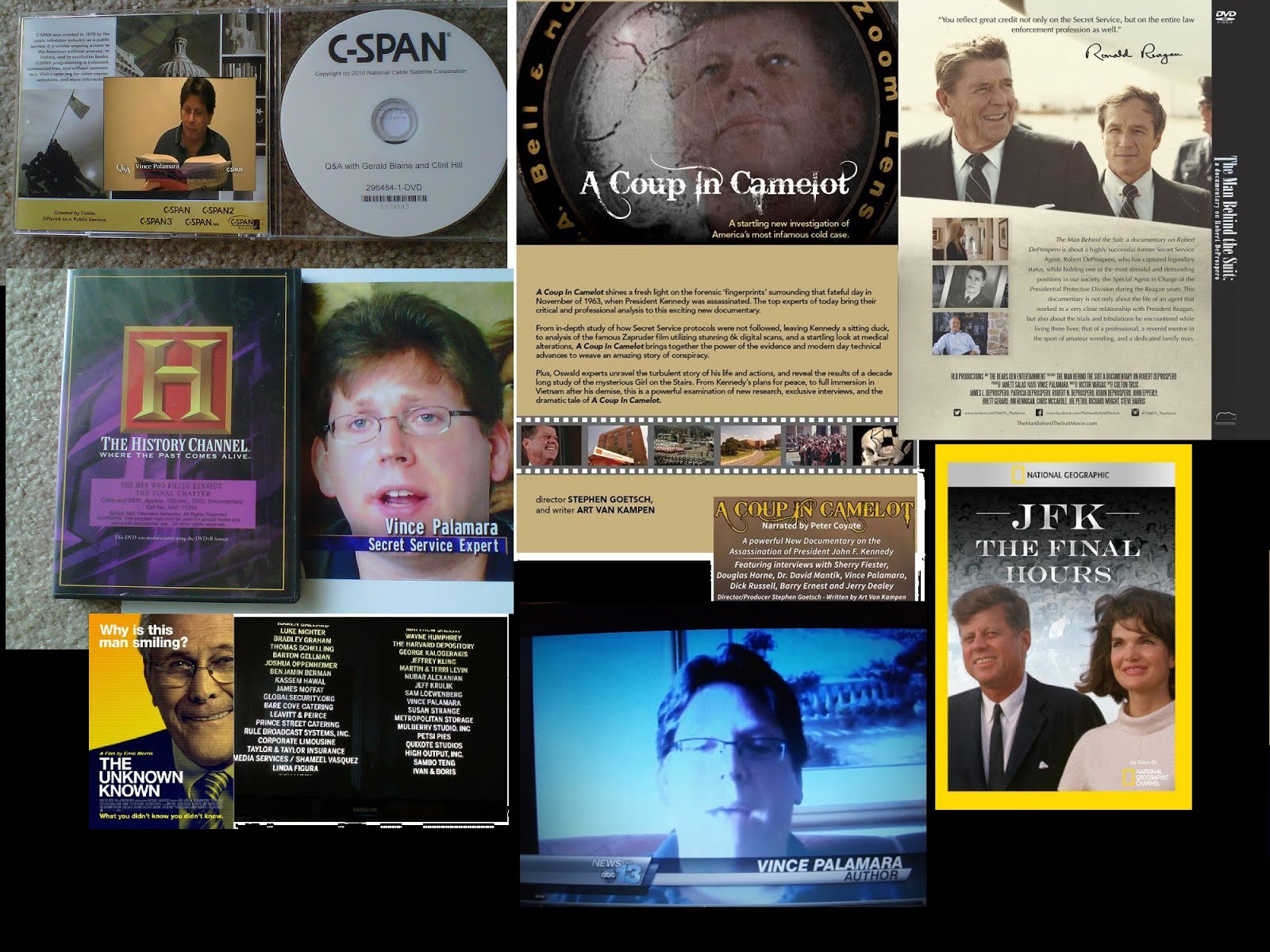Ronald Jones was a 30-year-old resident when he got the assignment of a lifetime.
DALLAS — Ronald Jones had just sat down to lunch in the cafeteria at Parkland Memorial Hospital when the loudspeaker began calling doctors to the emergency room — stat.
He dialed the hospital operator from a wall phone and was one of the first to hear: President Kennedy had been shot and was en route to Parkland. He and a few other doctors dashed down a flight of stairs to the emergency room.
That day — Nov. 22, 1963 — is seared in the collective memory of Americans, young and old, as the day Kennedy was assassinated. It holds particular prominence for Jones, then a 30-year-old chief resident and one of a handful of doctors who feverishly worked to revive the president.
"Has it impacted those of us who were there? It certainly has," said Jones, now 80, who went on to become chief of surgery at nearby Baylor Medical Center. "You realize what happened and the role you played. ... It's significant."
Other aspects of the assassination — the Texas School Book Depository, Dealey Plaza, the grassy knoll — often get more attention. But Parkland holds a weighty place in the history of that event. It's where not only Kennedy and Texas Gov. John Connally, who was seriously injured in the shooting, were rushed after the motorcade attack but where gunman Lee Harvey Oswald was brought in two days later after being shot.
50 YEARS LATER: Dallas landmarks still echo JFK killing
Next month, the film Parkland opens in theaters and will tell the story of the Kennedy assassination from inside the hospital. For Jones, it's a vivid memory, even 50 years later.
That day, Jones arrived in Trauma Room 1 just as the president was being wheeled in. The 15-square-foot room, which usually saw victims of car accidents or bar brawls, was quickly filling up with Secret Service agents, presidential handlers, doctors and nurses, he said. First lady Jacqueline Kennedy stood in a corner of the room, not crying but looking grim, her husband's blood still fresh on her pink wool outfit, Jones said. Earlier, when she first arrived at the hospital, she had handed another doctor a section of skull and some brain matter belonging to her husband that she had gathered from the limousine they were riding in, he said.
Jones looked at the president: His eyes were open but had little or no life in them, he said. "I never saw them move," he said. "It was a stare, straight ahead."
The team of doctors performed a tracheotomy through Kennedy's neck, pumped IV fluids through an incision in the upper left arm and tried massaging his chest back to life. Nothing worked. When the doctors saw how one of the bullets had shattered the back of Kennedy's skull, they sensed the effort was fruitless, Jones said. An EKG machine showed no heart activity.
The president was pronounced dead 12 minutes after being wheeled into Trauma Room 1, he said.
As Jones left the trauma room, he was immediately confronted by two men flashing large badges. One of them identified himself as an FBI agent and said he needed to inform his boss, J. Edgar Hoover, of the president's condition. The other said he was with the Secret Service and needed to tell Joseph Kennedy, the president's father, whether his son was alive or dead.
Not wanting to be the first to declare the president dead, Jones said simply, "He's not doing very well."
"That's when it really hit home," he said. "Joseph Kennedy was about to find out his son was dead as president of the United States."
Two days after the shooting, Jones was called back to the hospital: Oswald had been shot while being transported by police and was headed to Parkland. Jones assisted with the 1½ -hour-long operation as doctors tried to save the man who killed Kennedy. They got the same result: Oswald was pronounced dead during surgery, his insides mangled by a .38-caliber slug delivered point-blank by Dallas nightclub owner Jack Ruby.
For months after the shooting, Jones relived in his mind each day the 12 minutes spent inside Trauma Room 1. Five decades have grayed the story some. But details of the event remain vivid: the way Kennedy's arms were stiffly outstretched by his side by nurses; the back brace he encountered when removing the president's clothes; Jacqueline Kennedy's vacant, tearless eyes.
He obliges when asked to recount his role at dinner parties or during anniversaries of the assassination. But the memories are taxing.
"It's sometimes exhausting," Jones said. "And when you finish with it, you feel sort of washed out. It takes its toll."
He dialed the hospital operator from a wall phone and was one of the first to hear: President Kennedy had been shot and was en route to Parkland. He and a few other doctors dashed down a flight of stairs to the emergency room.
That day — Nov. 22, 1963 — is seared in the collective memory of Americans, young and old, as the day Kennedy was assassinated. It holds particular prominence for Jones, then a 30-year-old chief resident and one of a handful of doctors who feverishly worked to revive the president.
"Has it impacted those of us who were there? It certainly has," said Jones, now 80, who went on to become chief of surgery at nearby Baylor Medical Center. "You realize what happened and the role you played. ... It's significant."
Other aspects of the assassination — the Texas School Book Depository, Dealey Plaza, the grassy knoll — often get more attention. But Parkland holds a weighty place in the history of that event. It's where not only Kennedy and Texas Gov. John Connally, who was seriously injured in the shooting, were rushed after the motorcade attack but where gunman Lee Harvey Oswald was brought in two days later after being shot.
50 YEARS LATER: Dallas landmarks still echo JFK killing
Next month, the film Parkland opens in theaters and will tell the story of the Kennedy assassination from inside the hospital. For Jones, it's a vivid memory, even 50 years later.
That day, Jones arrived in Trauma Room 1 just as the president was being wheeled in. The 15-square-foot room, which usually saw victims of car accidents or bar brawls, was quickly filling up with Secret Service agents, presidential handlers, doctors and nurses, he said. First lady Jacqueline Kennedy stood in a corner of the room, not crying but looking grim, her husband's blood still fresh on her pink wool outfit, Jones said. Earlier, when she first arrived at the hospital, she had handed another doctor a section of skull and some brain matter belonging to her husband that she had gathered from the limousine they were riding in, he said.
Jones looked at the president: His eyes were open but had little or no life in them, he said. "I never saw them move," he said. "It was a stare, straight ahead."
The team of doctors performed a tracheotomy through Kennedy's neck, pumped IV fluids through an incision in the upper left arm and tried massaging his chest back to life. Nothing worked. When the doctors saw how one of the bullets had shattered the back of Kennedy's skull, they sensed the effort was fruitless, Jones said. An EKG machine showed no heart activity.
The president was pronounced dead 12 minutes after being wheeled into Trauma Room 1, he said.
As Jones left the trauma room, he was immediately confronted by two men flashing large badges. One of them identified himself as an FBI agent and said he needed to inform his boss, J. Edgar Hoover, of the president's condition. The other said he was with the Secret Service and needed to tell Joseph Kennedy, the president's father, whether his son was alive or dead.
Not wanting to be the first to declare the president dead, Jones said simply, "He's not doing very well."
"That's when it really hit home," he said. "Joseph Kennedy was about to find out his son was dead as president of the United States."
Two days after the shooting, Jones was called back to the hospital: Oswald had been shot while being transported by police and was headed to Parkland. Jones assisted with the 1½ -hour-long operation as doctors tried to save the man who killed Kennedy. They got the same result: Oswald was pronounced dead during surgery, his insides mangled by a .38-caliber slug delivered point-blank by Dallas nightclub owner Jack Ruby.
For months after the shooting, Jones relived in his mind each day the 12 minutes spent inside Trauma Room 1. Five decades have grayed the story some. But details of the event remain vivid: the way Kennedy's arms were stiffly outstretched by his side by nurses; the back brace he encountered when removing the president's clothes; Jacqueline Kennedy's vacant, tearless eyes.
He obliges when asked to recount his role at dinner parties or during anniversaries of the assassination. But the memories are taxing.
"It's sometimes exhausting," Jones said. "And when you finish with it, you feel sort of washed out. It takes its toll."










































![VINCE PALAMARA [remember to scroll all the way down!]](https://blogger.googleusercontent.com/img/b/R29vZ2xl/AVvXsEjSZ-Z_puqnjl3UgdiJxBenMyIMaFhmBD-PYQUsxCtFS4UF7dJQB6n32rt9a0ZqFRPmuBoukhrMZxv6LOD9GoUGPiaShO3wj_8xL98obRAsUbIf0mXutzbq7jKDrCp8Y-Y0k9rnS5ARjQQ/s1600/11.jpg)


![CHAPTER 8 OF ARRB FINAL REPORT [I AM IN THIS REPORT, AS WELL]...HMMM---THE SECRET SERVICE DESTROYS](https://blogger.googleusercontent.com/img/b/R29vZ2xl/AVvXsEimGbOuG69gW-cgAbsfjd8p8PD-subznIjcsQXUSFq560o_kiXunf9TcH0fkOqmWuK73id6m5TyVMhWcfBrPUEee6JLbvqNZKdIVQa5Drcz568Ue6GZdf_PUtLuLwPDcucv3gOn5KGBZPw/s1600/DSCF0462.JPG)




No comments:
Post a Comment